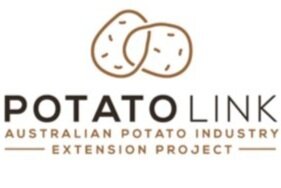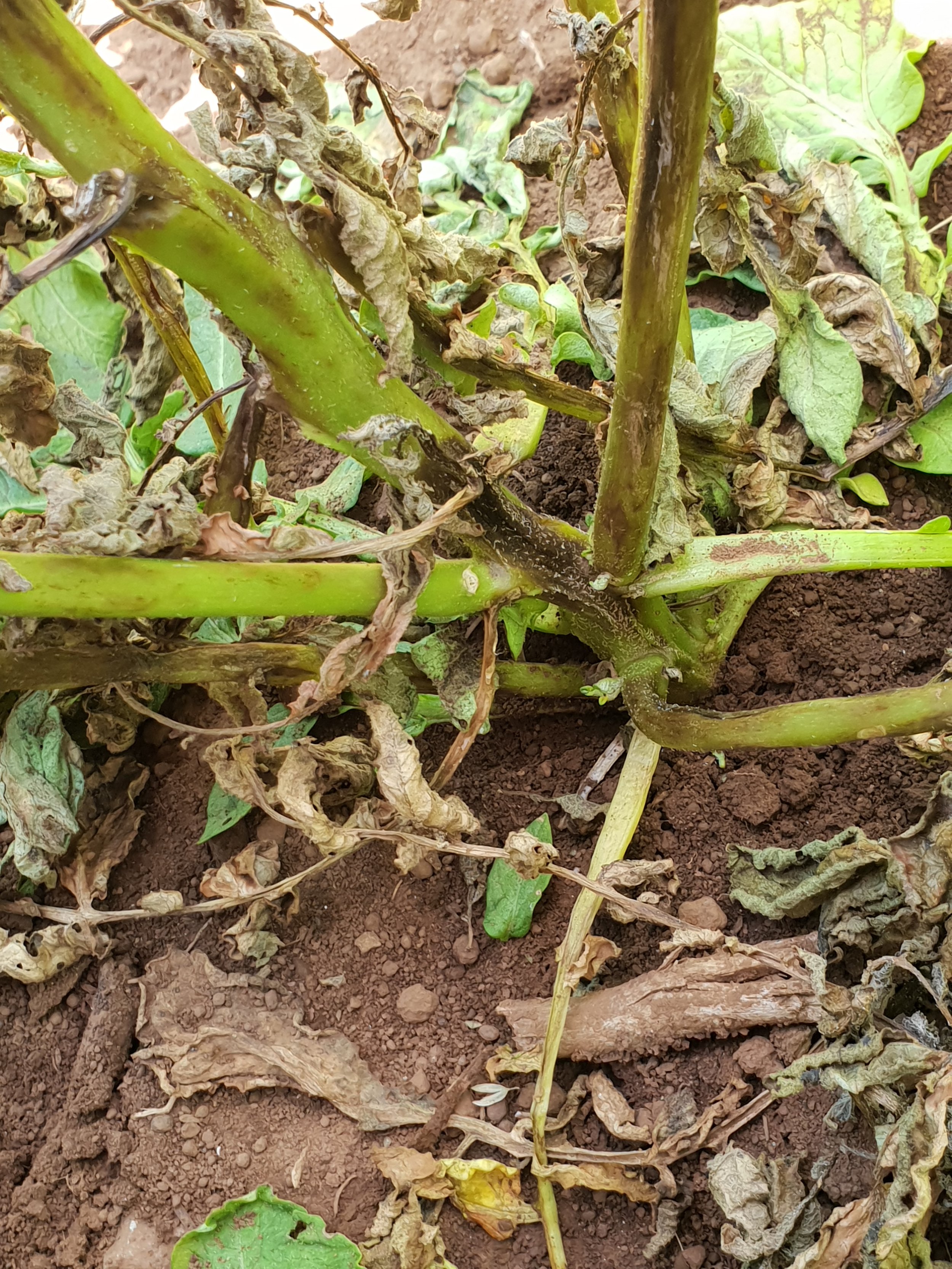Navigating Biological Products
Biological products, or biologicals, are a diverse group of agricultural inputs derived from living organisms such as plants, insects, microbes, or fungi. In potato production, these products can be used alongside conventional management practices for a variety of purposes such as improving nutrient efficiency and pest and disease management.
Protecting your crop: Potato seed hygiene
Maintaining proper seed hygiene is one of the simplest and most effective ways to protect your potato crop from pests and diseases. This factsheet outlines essential practices to keep your seed clean, healthy, and ready for planting.
Protecting your crop: Handling potato seed
Good crops start with great seed. This factsheet outlines best practices for handling seed potatoes — from selection to planting — to help you get the most out of your crop.
Identifying disease through diagnostics
Knowing what disease you are dealing with is the first step to managing it. This fact sheet discusses what the important things are to look for, when the best time for testing is, and where to send it.
How to Cut Seed Potatoes
Cutting seed potatoes involves four steps: (1) warming seed before cutting, (2) cutting seed potatoes to seed pieces, (3) curing seed pieces, and (4) cooling seed pieces down to a holding temperature. Get a copy of the visual shed poster to assist with best practice and important considerations when cutting seed.
Summary of PotatoLink resources
This guide summarises and provides easy access to resources developed by the PotatoLink project.
Soil Biology 101
A healthy soil is full of life. All organisms have a role to play in maintaining a healthy and productive soil. This factsheet covers the benefits of soil biology, harmful microbiota, and how to improve soil biology.
Seed Sourcing & Purchasing Checklist
A potato crop is only as good as the seed. Follow this checklist to ensure the quality and integrity of the valuable seed potatoes being purchased. Though it requires extra effort, it’s crucial for successful planting and crop production, ensuring your investment pays off.
Interpreting soil test reports
The correct interpretation of the report, is vital to ensure fertiliser applications are adequate to supply crop requirements. This factsheet covers important considerations while soil sampling and testing, the common parameters tested and which nutrients can be reported.
The changing nutrition needs of a growing crop
Knowing what your plants need and when is crucial to getting the most out of your crop. This factsheet covers the importance of soil tests, in-season tissue testing, how nutrients interact with each other and fertiliser application methods.
Matching irrigation to crop growth
Ensuring plants get the right amount of water when they need it is essential to produce a great crop. In this factsheet, Dr Jenny Ekman covers water stress, waterlogging and how to make sure your potatoes are getting the right amount of water.
Blackleg in potatoes
Blackleg is a bacterial infection of potato tubers and stems. While the disease is not widespread in Australia, new causal organisms have been identified over the past few years, warranting industry awareness.
Potato bruising and management
Bruises develop due to impacts that either break the cells apart (shatter bruise) or rupture the cell membranes (blackspot). The risk of bruises can be reduced. This factsheet covers factors influencing potato bruising and how to manage them.
Late Blight (Phytophthora infestans)
Late Blight, also known as Irish Blight is caused by the fungal-like organism Phytophthora infestans, which can exist as two mating types, A1 and A2, each with numerous strains that have developed over time. Learn more about the disease, conditions conducive to its spread and management options.
Seed storage and physiological age
Managing the storage environment to optimise seed performance at planting is a complex process that requires thought and planning.
Black Dot (Colletotrichum coccodes) disease
Black dot is a fungal disease caused by Colletotrichum coccodes. Once considered a minor pathogen, recently there have been significant yield losses and reduced quality. Read this factsheet to know what to look for, how it spreads, and what you can do about it.
Potato Tuber Moth
While tuber moth can be a serious pest of potatoes, it can also be effectively controlled using agronomic practices and biological controls. This new factsheet by Dr Paul Horne describes how growers can continue to manage this pest with minimal chemicals.
Managing Blackleg in potato
Blackleg on potato can be caused by either Pectobacterium or Dickeya species, and they often work together in different combinations to cause this disease. Blackleg can result in stem decay, severe seed decay and sometimes lack of plant emergence in severe cases. This Hort Innovation and RM Consulting Group (RMCG) factsheet provides information on managing blackleg in potato crops.
Better managing soilborne diseases with pathogen DNA testing
This fact sheet provides guidance on the importance of monitoring soil-borne diseases, including tips for understanding and managing soil-borne disease risks.




















